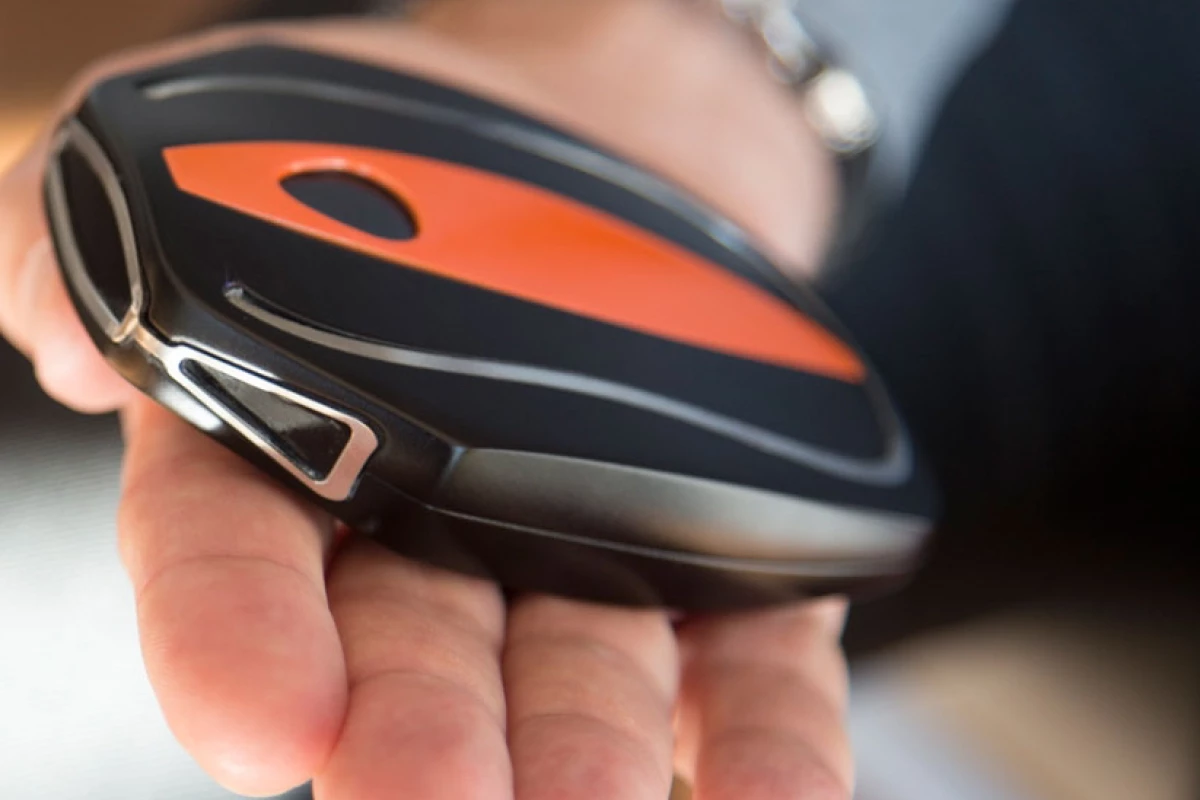While most types of exercise involve a lot of moving around, isometric exercise is performed while sitting still – it's defined as a form of exercise involving the static contraction of a muscle without any visible movement in the angle of the joint. Tao-Wellness is aiming to guide people through such exercises with its new WellShell device, which is claimed to be "the world’s first mobile isometric exercise system."
The compact unit works with an app on the user's Android or iOS Bluetooth-enabled mobile device, which includes instructions for over 50 isometric exercises that work different parts of the body.
Depending on the exercise selected, users hold the WellShell between their hands, knees or whatnot, then apply pressure. A force sensor measures the amount of pressure being applied, and let users know if they should be easing up or pressing harder. The device also lets them know how long to hold each contraction, how many reps to perform, and when to rest.
Other onboard sensors include a three-axis accelerometer, an optoelectronic heart rate sensor and a gyroscope. These, along with the app, allow it to measure and track metrics such as heart rate (obviously), calories burned, and distance/steps walked. Users can also log their sleep duration, meal patterns, and other stats.

Feedback is provided through a combination of an OLED display, the app screen, multi-colored LEDs, and vibrational cues. Functions are navigated by tilting, tapping or pressing the WellShell. A built-in lithium-ion battery should reportedly provide up to one week of use per charge.
We tried the WellShell out for ourselves at its recent CES unveiling, using it to play a game in which the player guides an onscreen downhill skier by applying more or less pressure between their hands. It was surprisingly challenging to maintain control, and to apply the maximum required pressure.
There's currently no word on a release date or exact price, although we're told that it will probably be in the US$100 to $300 range. A smaller, screenless model is apparently also on the way.
Source: Tao-Wellness






















